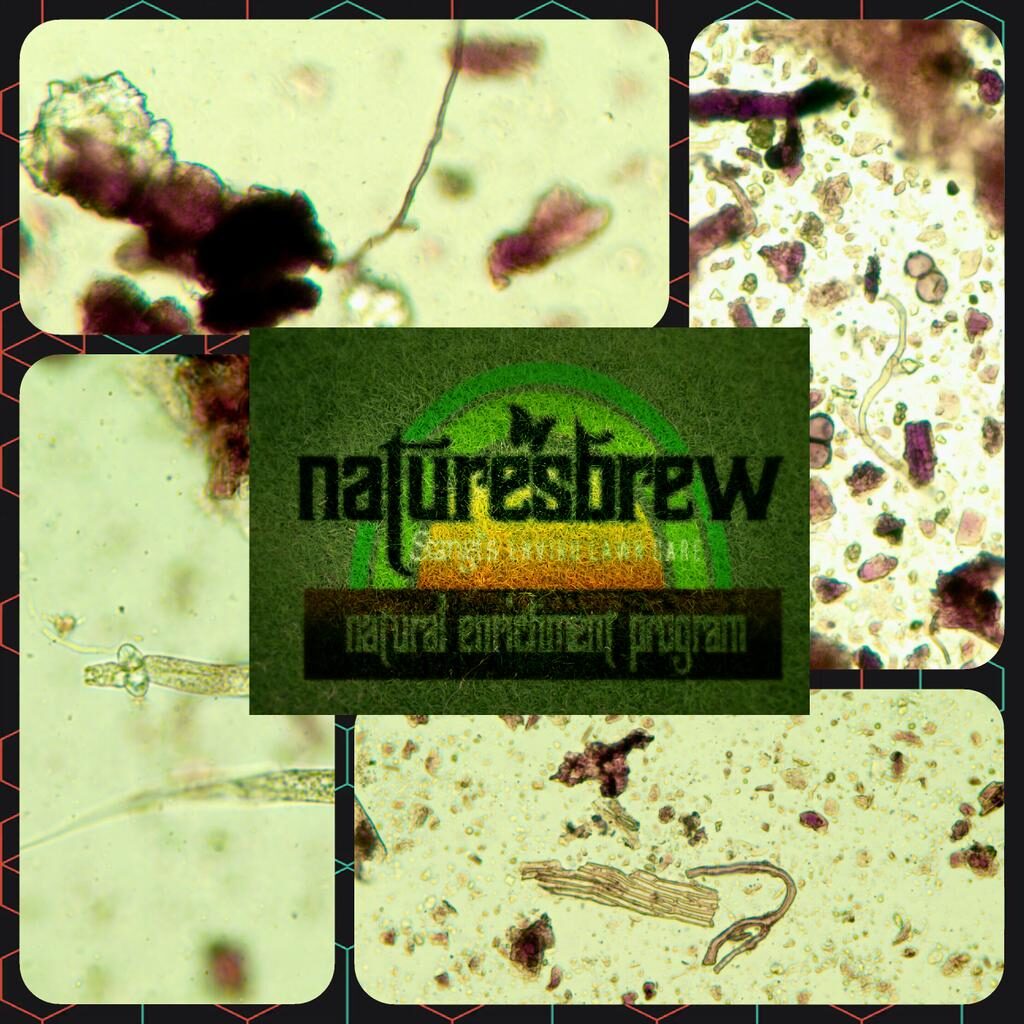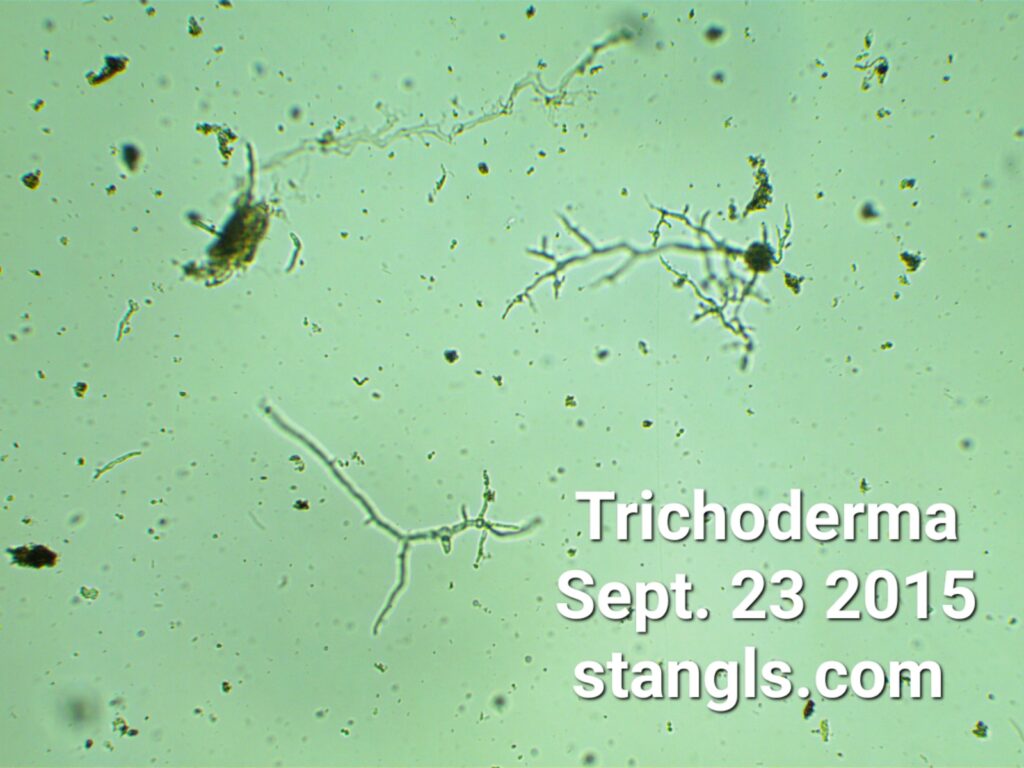In the vast and complex world of soil, microorganisms play a crucial role in maintaining its health and fertility. These tiny living beings interact with each other and with their environment in countless ways, some of which are just beginning to be understood. One fascinating phenomenon that has been observed in soil microbes is quorum sensing, a communication system that allows bacteria and other microorganisms to coordinate their behavior and respond to changing conditions.

Quorum sensing is based on the production and detection of signaling molecules, also known as autoinducers, by bacteria and other microorganisms. When a certain threshold concentration of these molecules is reached, it triggers a coordinated response among the cells that allows them to act as a group rather than as individuals. This can have a variety of effects, such as the activation of genes involved in the production of virulence factors or the formation of biofilms.
In the context of soil microorganisms, quorum sensing can play a crucial role in both promoting and limiting the growth and activity of different species. For example, some bacteria may use quorum sensing to coordinate the production of compounds that can kill or inhibit the growth of other microbes, thus gaining a competitive advantage in the soil. On the other hand, some microbes may use quorum sensing to form mutually beneficial relationships, such as the association between leguminous plants and nitrogen-fixing bacteria.
One of the most exciting applications of quorum sensing in soil microbes is its potential for controlling plant diseases caused by pathogenic fungi and bacteria. By understanding the quorum sensing systems of these pathogens, it may be possible to interfere with their ability to coordinate their attack on plants and thus prevent or mitigate disease outbreaks. For example, researchers have found that certain compounds produced by non-pathogenic bacteria can interfere with the quorum sensing systems of pathogenic fungi and bacteria, effectively quenching their ability to sense each other and coordinate their activity(1).

Another potential application of quorum sensing in soil microbes is in the development of new biotechnological tools and products. By harnessing the ability of bacteria and other microorganisms to coordinate their behavior, it may be possible to create synthetic systems that can perform complex tasks, such as sensing and responding to environmental cues or producing valuable compounds. For example, researchers have developed a synthetic bacterial system that can detect the presence of arsenic in soil and respond by producing a fluorescent signal, which could be used as a biosensor for environmental monitoring.
Overall, the study of quorum sensing in soil microbes represents an exciting and rapidly growing field of research, with many potential applications in agriculture, biotechnology, and environmental science. By unlocking the secrets of how microorganisms communicate and coordinate their behavior, we can gain a deeper understanding of the complex interactions that shape the soil ecosystem and develop new strategies for promoting soil health and productivity.
- Dietrich, L. E. P., Price-Whelan, A., Petersen, A., Whiteley, M., & Newman, D. K. (2006). The phenazine pyocyanin is a terminal signalling factor in the quorum sensing network of Pseudomonas aeruginosa. Molecular Microbiology, 61(5), 1308-1321. doi: 10.1111/j.1365-2958.2006.05306.x
Note: While the reference provided is related to the quorum sensing system of Pseudomonas aeruginosa, it mentions the development of a synthetic bacterial system that can detect arsenic in soil and produce a fluorescent signal.